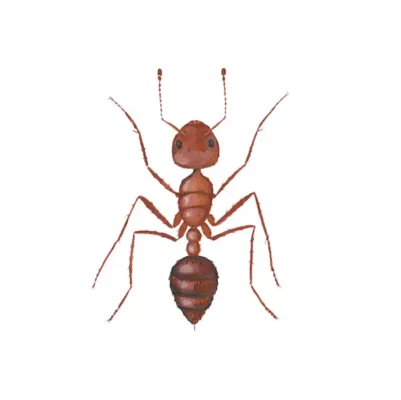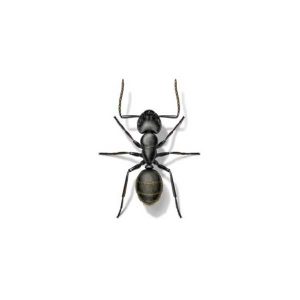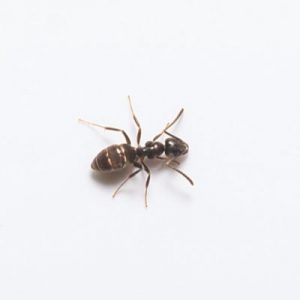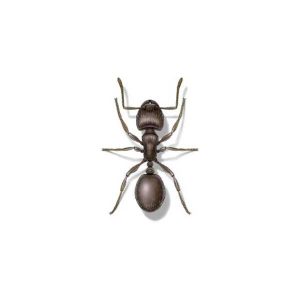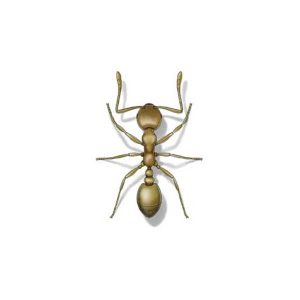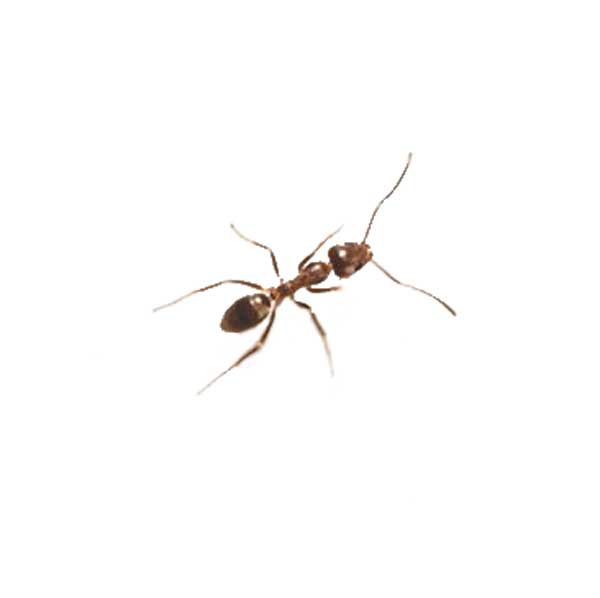Fire Ants in Illinois
Fire ants are named after their intensely painful sting and bite. These ants construct mounds which aren’t to be messed with, when one is disturbed worker ants quickly emerge to defend it and swarm the intruder. Fire ant attacks are highly coordinated, with hundreds of ants stinging simultaneously. Known for their versatility, fire ants consume a wide variety of plant and animal matter, including other insects. They are also drawn to electrical equipment, often damaging devices such as air conditioning systems, water well machinery, and outdoor lighting, which can pose a fire risk.
Fire Ant Habitat
Drawn to moisture, fire ants often settle near rivers, irrigated lawns, and potted plants. Their constructed mounds help maintain optimal temperature and humidity levels for the colony. These mounds serve as above-ground nurseries, providing ideal conditions for the colony’s development. Undisturbed fire ant mounds are commonly found in sunny, open spaces such as fields, parks, lawns, and pastures. As omnivores, fire ants consume both plant and animal matter. While searching for food, these aggressive ants can enter homes through small openings like cracks, gaps beneath doors, and spaces around windows or walls.
Fire Ant Behaviors, Threats, or Dangers
The painful sting of a fire ant can pose a significant risk to both humans and pets. Unlike most venomous ants that bite and spray acid into the wound, fire ants bite and then inject venom using their sharp stingers. For most individuals, the burning sensation subsides within minutes. However, hive-like welts often appear within 30 minutes of the sting, followed by pimple-like sores that fill with yellow fluid within 24 hours. Large fire ant colonies can also cause damage to plants, lawns, and outdoor electrical equipment. Because of the danger they present to people and animals, it’s best to avoid disturbing a fire ant mound.
If you notice any fire ants near your property, contact your local exterminators for assistance.
Need help with Fire Ant control?
We'll call you! Leave your information below.

